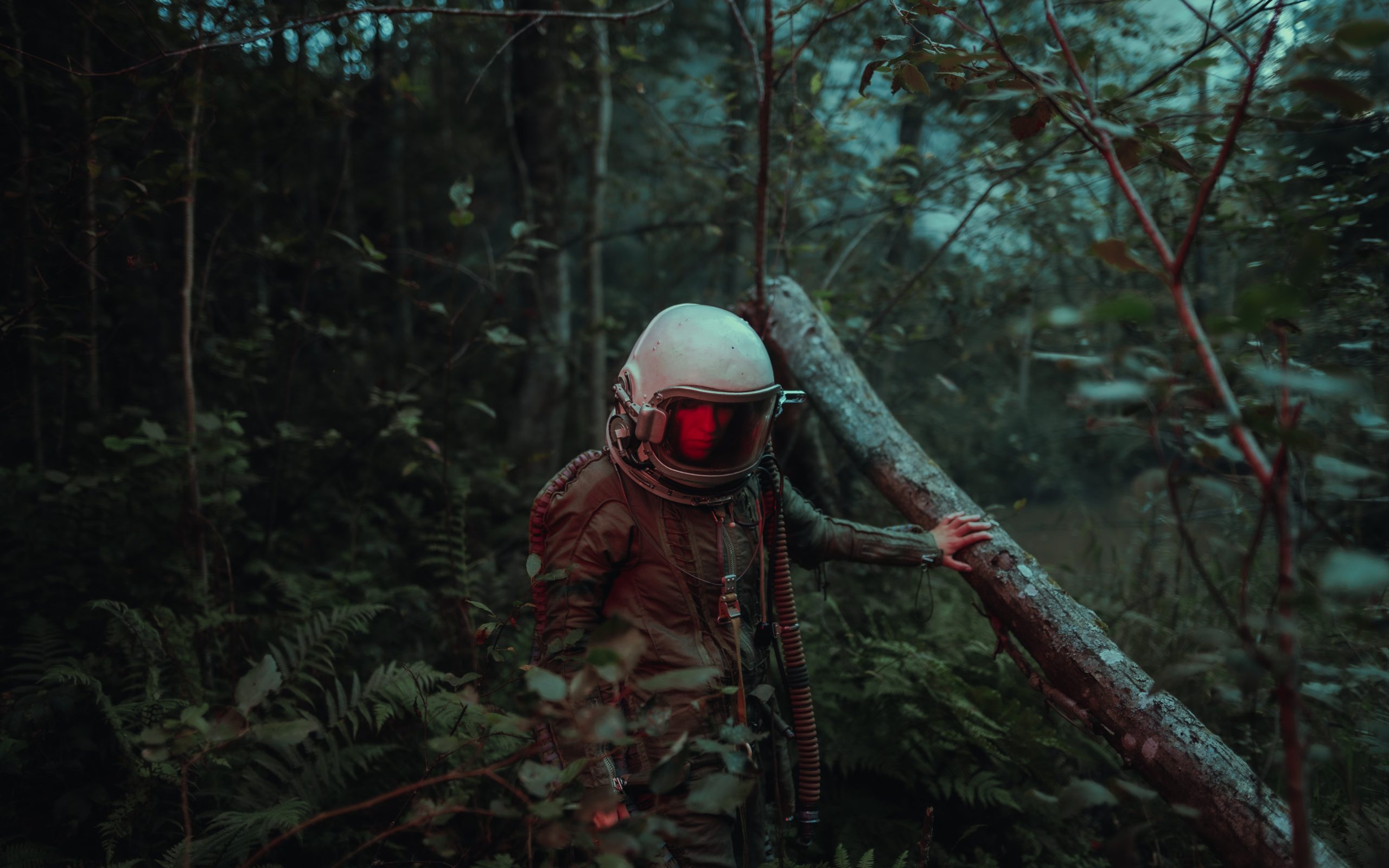Sci-fi Idea Bank

Sci-fi books are an inspiring source of technological concepts. A comprehensive list of all ideas mentioned in sci-fi books over past 2 centuries was created 2 weeks ago by Patty McCormick from the “Not Boring” newsletter. This was derived from Technovelgy website tracking those.
First some stats:
- 3746 tech ideas in total mentioned in past sci-fi books
- out of all, 32% were driven by software (bits) and 66% by atoms.
- out of the total, 966 (26%) ideas are existing today
Guess the sci-fi author who came up with the most ideas in his books overall? The legend Philip K. Dick with 241!
Overall, incredibly inspiring list but lets deep dive into it.
Some of the concepts from the list are fairly obsolete, for instance:
A system of sending mail quickly from town to town via steam-cannon-powered hollow spheres. (1828, Jane Webb Loudon).
These are the interesting ones from my perspective after 2.5 hours of reading through all of them. Food for thought for sure! Lets abstract the technical or commercial viability of those. Here is the list in an chronological order:
- Substance that creates more space when applied to walls, floors and ceilings (1925, Sigizmund Krzhizhanowsky)
- A device that recorded and played back the thoughts of the user (1923, David H. Keller)
- Space ships that use light pressure from a distant source for propulsion (1929, Edmond Hamilton)
- A means to eliminate all of the noise made by machines in a city, leaving the voices of human beings (1930, A.M. McNeill)
- A device that accelerates the process of evolution by millions of times (1931, Edmond Hamilton)
- The idea that a person can learn explicit subject matter while sleeping (1932, Aldous Huxley)
- A small device worn to filter industrial pollutants out of breathing air (1952, Frederik Pohl)
- A device that composes words to music (1948, George Orwell)
- Similar to chlorophyll but synthetic and far more efficient (1961, Raymond Z. Gallun)
- Tiny data storage crystals (1961, Stanislaw Lem)
- Psychotropic House. Buildings designed to sense, and mirror, the psychological state of their owners. (1962, J.G. Ballard)
- Tiny robots travel the bloodstream, killing bacteria (1967, Philip E. High)
- Genetically altered earthworm created just for mining (1968, Larry Niven)
- Bio Fabric. Living cloth that constantly adapts itself to the personality and needs of its wearer (1970, J.G. Ballard)
- A small piece of firmware inserted into the brain that provides data on a particular subject, or special features, for the user (1984, William Gibson)
- A biography that includes actual life experience from the subject; a biographical download (1986, William Gibson)
- A special floor for virtual reality environments that simulates any kind of surface (1994, David Brin)
- Computer-controlled highway (2003, Paul Black)
Find more and a link to the whole list in our Caffeine Capitalist newsletter in comment.
Author: Andrej Petrus